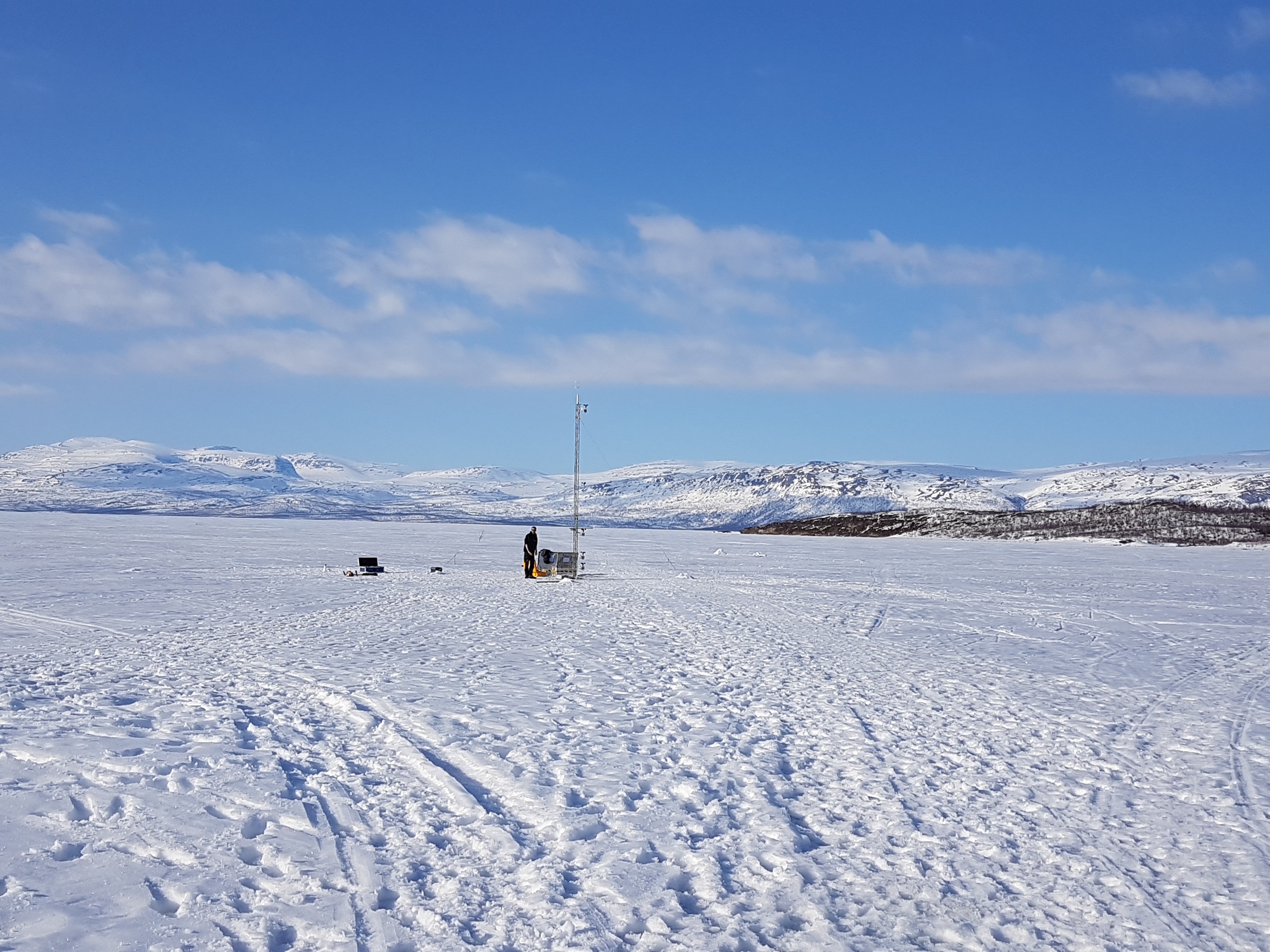As part of ECMWF’s contribution to the EU Horizon 2020-funded APPLICATE project and to the World Meteorological Organization’s Year of Polar Prediction (YOPP), ECMWF scientists played a leading role in the Polar Prediction School held at the Abisko Scientific Research Station in northern Sweden from 17 to 27 April 2018. The event was an international effort involving many partners from within the APPLICATE consortium and beyond, led by the Association of Polar Early Career Scientists (APECS).

Both the climate and weather patterns of the polar regions are changing faster than anywhere else on Earth. These changes are opening up new opportunities for shipping, energy extraction, and tourism, but they are also exposing these sensitive regions to increasing environmental hazards and posing major challenges to local communities. Our ability to predict polar weather and climate change on scales from days to decades is still limited, hampering effective decision-making. The 10-day course was designed to provide 30 early career scientists with the tools needed to address these limitations in the coming years.
The course included lectures, practical exercises, fieldwork, and a dedicated science communication programme. It covered a wide range of topics: satellite and conventional observation techniques; numerical modelling of the polar atmosphere, sea ice and ocean; data assimilation; and model evaluation. Each of these is a crucial aspect of the prediction problem.
Linus Magnusson lectured on numerical weather prediction (NWP) and evaluation, and Jonny Day on sea ice prediction. Jonny was also one of the school’s organisers, leading the design of the school’s scientific programme. In addition to the teaching, ECMWF contributed to the school by providing forecast products, which were used in the production of daily weather briefings prepared by the students. This supported evaluation activities in the field as well as training in the use of ECMWF charts and other products. Field data from a micrometeorological mast on site helped to evaluate ECMWF forecasts, producing a dataset which can also be used for evaluation purposes at the Centre. 
Micrometeorological observations and daily radiosoundings provided hands-on training opportunities. These data were directly used in the practical exercises, allowing the students to investigate the topics discussed in the theoretical lectures more thoroughly. They were also used in the daily weather briefings – exercises which encouraged the students to interpret and evaluate the output of forecast models for a mountainous polar area. The science communication sessions complemented the scientific programme and led to the production of brief informative videos aimed at the general public.
The school provided an excellent opportunity to advertise different output from ECMWF forecasts and introduce the students to some of the interesting scientific problems related to NWP in the polar regions.
